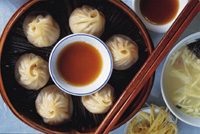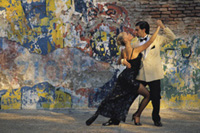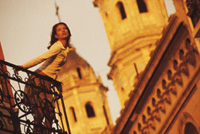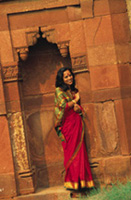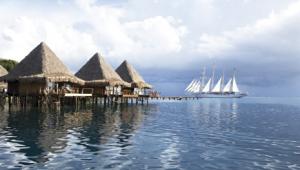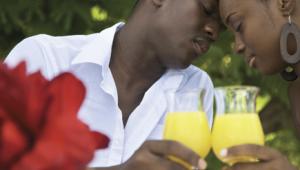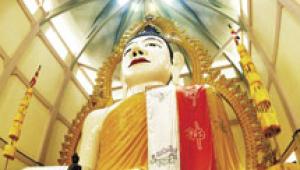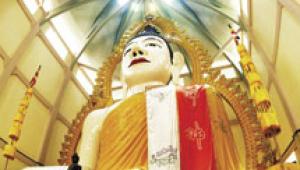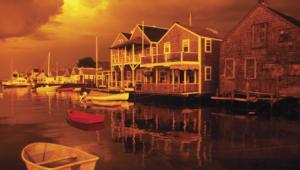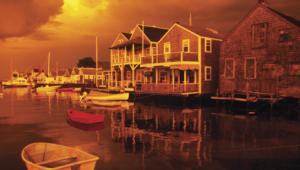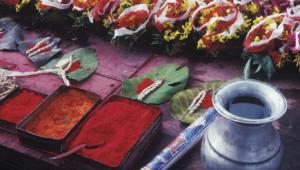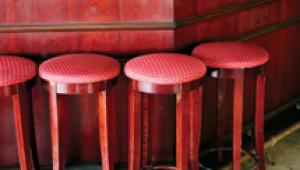Passport
A Quick Tour Of World Photography
|
Ready to take the next step in travel photography? Then get ready for world photography. Open up one of the big travel magazines--Conde Nast Traveler, Travel & Leisure, Travel Holiday, Island--or one of the airline magazines or the travel section of a major newspaper like The New York Times, and you'll see it--world photography. It's a synthesis of travel, destination, fashion, culture, editorial, lifestyle, architecture€and more. World photography is interpretive, stylistic, colorful, striking in its composition, and, yes, it does bring attention to itself as well as its subject. Critics would say that's a bad thing. I say, who cares? If you agree that travel is deeply personal, visceral, intuitive, and passionate, then why not bring all those adjectives to travel photography. And when you do bring them, you're creating world photography. |
|||
World photography is all about content and context, and personal style plays a significant part. You can call it travel photography with attitude. It's about how the photographer sees the world, and it's the way we can picture the deeply personal experience of travel in deeply personal pictures. It's about seeing, sensing, feeling. And there's truly a world of difference between world photography and travel photography. If travel photography is about taking pictures, then world photography is about making them. If travel photography is documentation, then world photography is interpretation. Often world photography is the work of fashion, architectural, food, and nature photographers who bring their specialties and skills to exotic locations and use those locations as a setting for their work. |
|||
When a travel photographer does world photography, he incorporates many of the same elements the specialist might: fashion, food, lifestyle, architecture. I've been doing it for some time, going beyond purely record shots of the places I visit to include glimpses of the culture, the fashion, the food. I want my pictures to say more than just "this is the place and this is how it looks." World photography says, "this is what it feels like to be here." |
|||
I came from a commercial photography background, and I found it natural to use those commercial skills--lighting, props, working with models--to create world photography. Photographs of classic landmarks are not world photography, but when you incorporate other elements--a cafe, food, people, activities, events--you've made a world of difference. |
|||
World photography happens in your choice of subject, in your composition and your style. Next time out, add something extra to your travel photography by testing out your ideas for world photography. |
